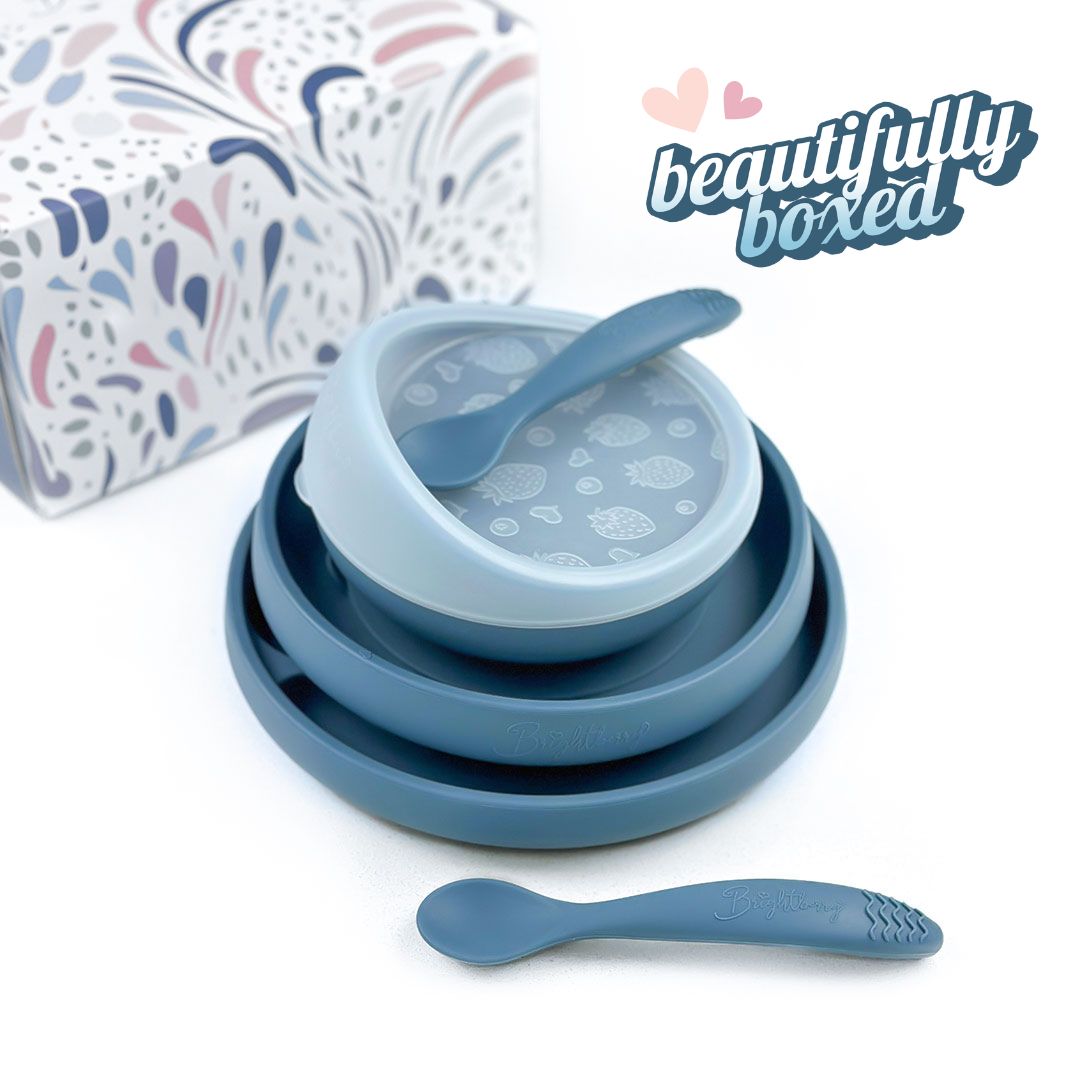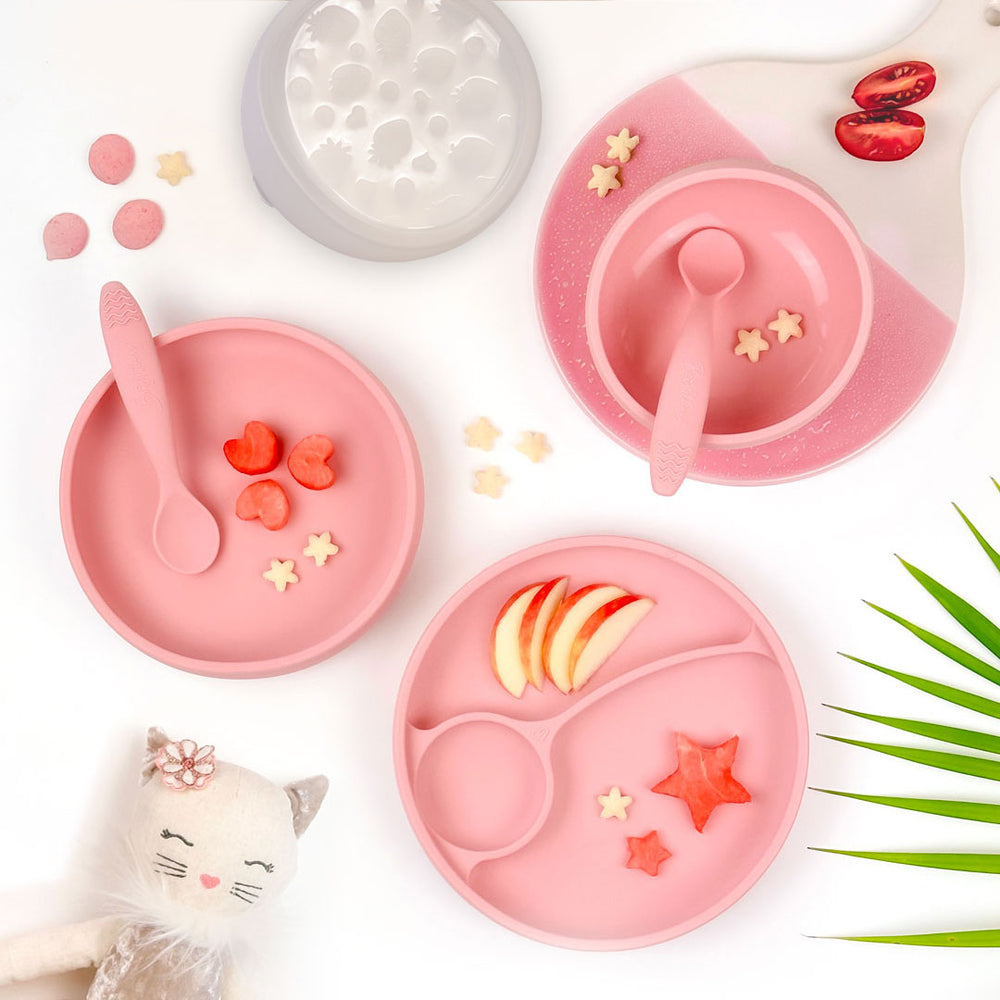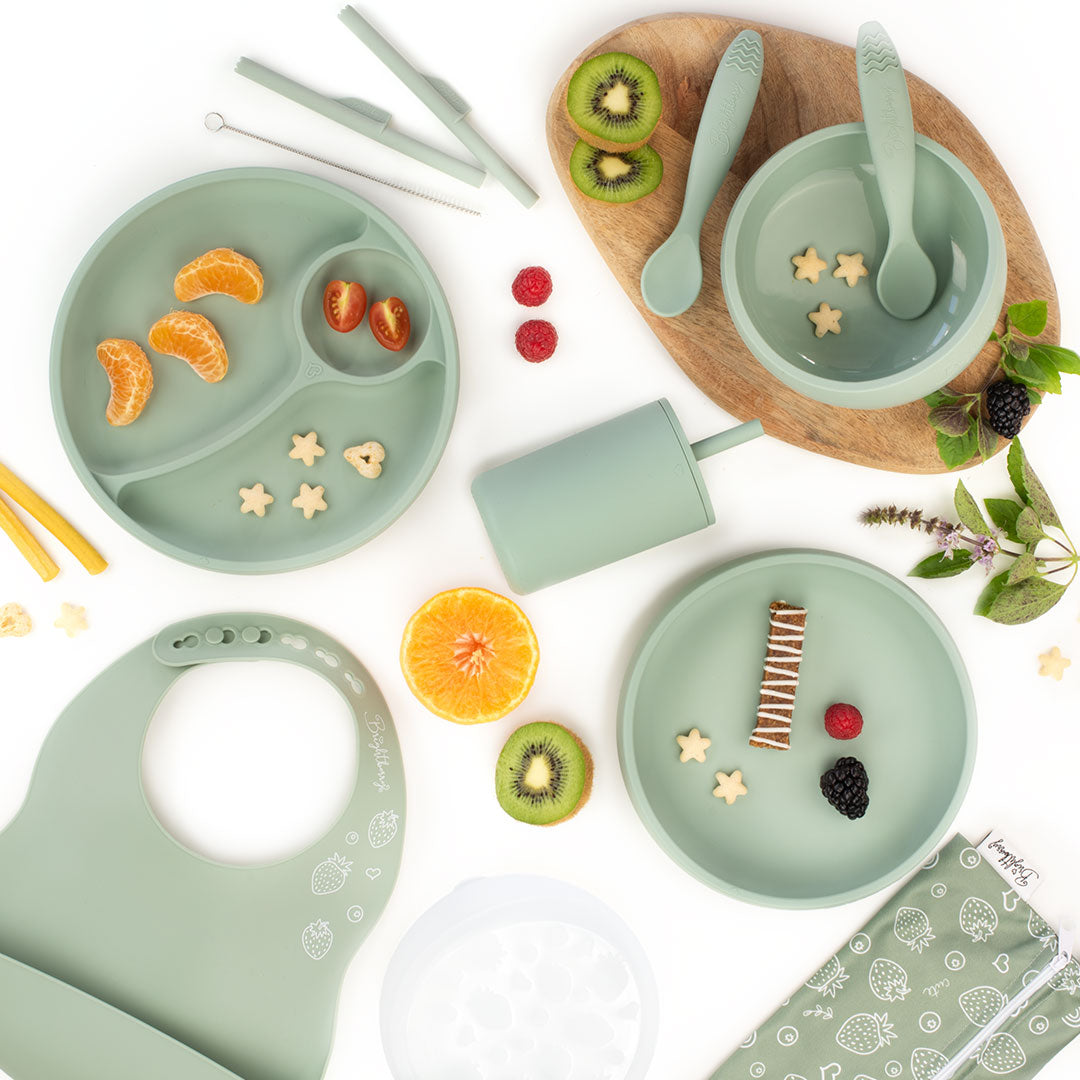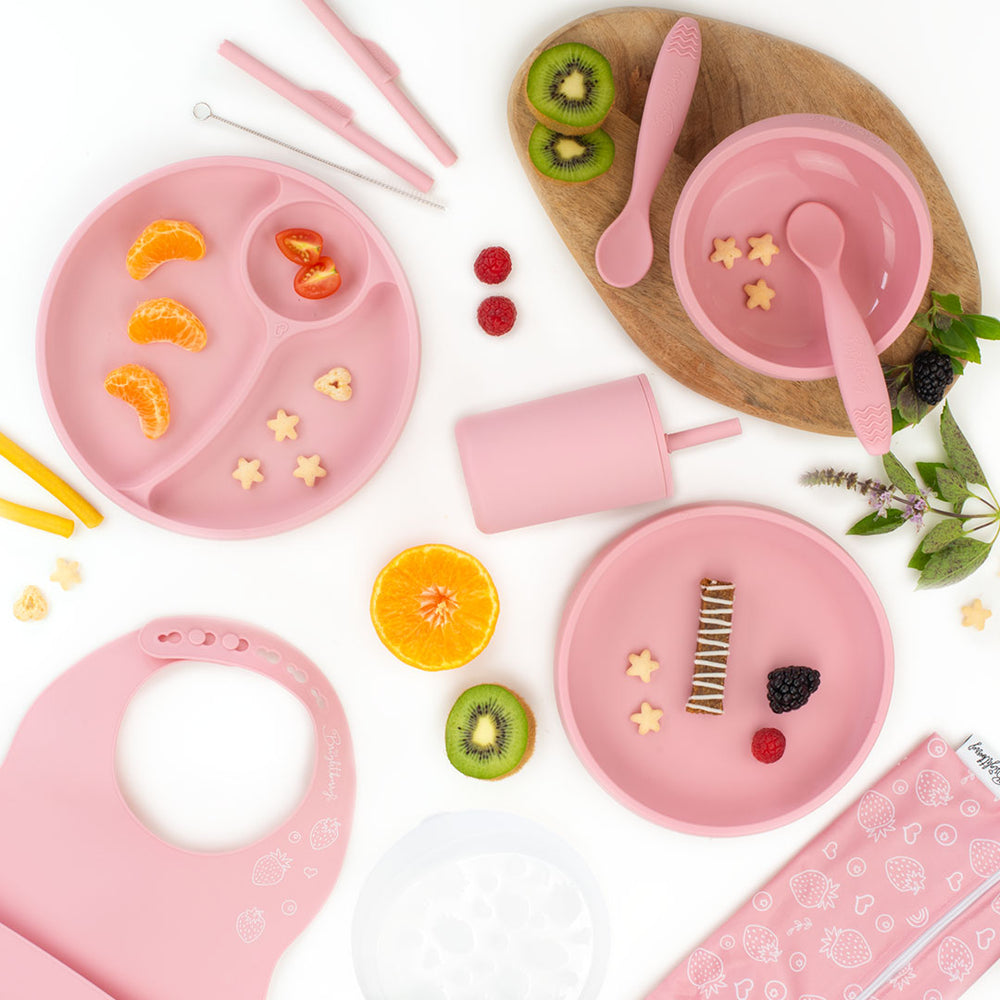Pros and Cons of Divided Plates: Is it Right for Your Child?
![]()
Introducing solid foods to your baby is an exciting milestone. Choosing the right tableware, like silicone plates, can make a big difference, especially if your child is starting with solids, easily distracted, or prefers foods separated. This article breaks down why baby plates are divided, the pros and cons of divided plates, and answers the age-old question: "Do divided questions cause picky eating?" Knowing the benefits and potential drawbacks will guide you in selecting the perfect tableware for your baby's needs.
Understanding the Basics: What Makes a Good Plate for Kids?
When selecting plates for kids, the material and design are crucial. High-quality silicone tableware and plates provide a safe, unbreakable, and non-toxic alternative to traditional plastic tableware. These plates are free from harmful chemicals such as BPA, PVC, and phthalates. Additionally, features like suction bases help keep the plates steady, making it easier for your child to focus on eating.
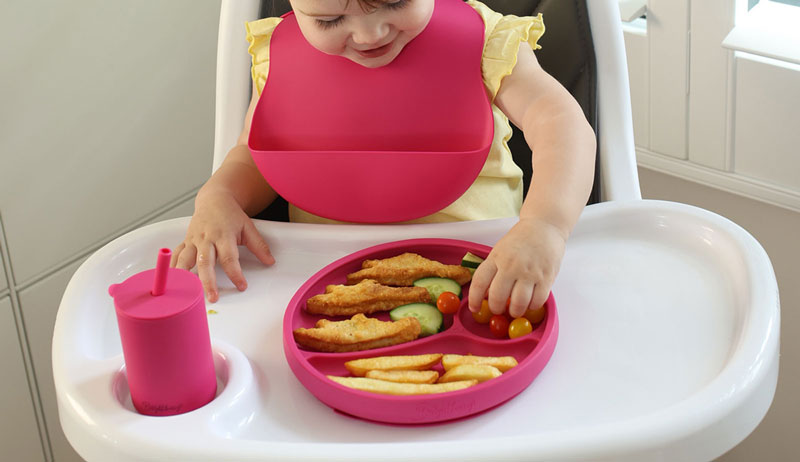
Are Divided Plates Good for Toddlers?
Divided plates can be a game-changer for young eaters. They're especially beneficial for visual learners, helping them understand different food groups and textures by keeping them separate. This structure promotes a more organised and less overwhelming mealtime experience. When comparing silicone vs. plastic options, silicone plates offer additional advantages, such as being free from harmful chemicals and more durable, making them a safer and more sustainable choice for your child.
Benefits of Divided Plates:
- Visual Appeal and Food Variety: Divided plates allow children to see a variety of foods clearly, making it easier to choose what to eat. The separate sections can also encourage children to try different foods without feeling overwhelmed.
- Portion Control: These plates can help parents serve balanced portions, ensuring each meal includes a healthy mix of proteins, vegetables, and grains.
- Reduces Food Mixing: For picky eaters, the separation of foods can reduce anxiety about different textures and flavours touching, making mealtimes less stressful.
- Encourages Self-Feeding: The distinct sections make it easier for children to scoop up food, promoting independence and developing fine motor skills.
Do Divided Plates Cause Picky Eating?
Parents often worry that using divided plates could lead to picky eating habits. However, research and expert opinions suggest that the plate is not responsible for creating picky eaters. Various factors, such as genetics, sensory sensitivities, and past experiences with food, influence fussy eating.
Incorporating baby feeding accessories alongside divided plates makes mealtimes more engaging and less stressful.
Busting the Myth
Divided plates are often thought to encourage children to expect food separation, which can lead to them refusing to eat foods that touch each other. However, this behaviour typically stems from a child's preferences rather than the plate design. Divided plates provide a clear and organised presentation of food, which can benefit children overwhelmed by too many options or textures.
How to Use Divided Plates to Encourage Healthy Eating
- Introduce New Foods Gradually: Use the separate sections to introduce new foods alongside familiar ones. This allows children to explore without feeling pressured to eat everything mixed together.
- Mix It Up: Gradually introduce foods that touch or are mixed in one section of the plate, helping your child become comfortable with different food combinations over time.
- Offer Choices: Give your child some control over what goes into each section. Allowing them to choose their own fruits, veggies, or dips can make them more interested in trying new foods.

Non-Divided Plates: A Versatile Option for Growing Kids
As children grow and become more comfortable with mixed textures and flavours, non-divided plates can be a great option. These plates offer a larger surface area, allowing children to experiment with new food combinations and practice their scooping skills without boundaries.
Benefits of Non-Divided Plates:
- Encourages Experimentation: Children can mix foods as they wish without dividers, which can help them get used to different textures and flavours.
- Great for Larger Meals: These plates have mixed ingredients and are ideal for pasta or risotto. The larger surface area also allows for more food to be served.
- Mimics Adult Dining: Using undivided plates can help transition children to eating like the rest of the family, making them feel more included at the dinner table.
Should You Choose Divided Plates or Regular Plates?
There's no one-size-fits-all answer when choosing silicone tableware. It often depends on your child's eating habits and developmental stage. For younger children or picky eaters, divided plates can offer a sense of order and control. As they grow and become more comfortable with various foods, non-divided plates can encourage a more adventurous palate.
Using both types of plates can provide flexibility and variety in your child's eating experience. For example, you might use a divided plate during lunch to offer different fruits, veggies, and proteins and a non-divided plate for dinner to serve a hearty family meal like spaghetti or a casserole.
Tips for Choosing the Right Plate
Material Quality: Opt for 100% food-grade durable silicone free from harmful chemicals. This ensures the tableware is safe for your child and can withstand daily use.
Design and Functionality: Look for features like solid suction bases to prevent spills, divided sections for portioning, and easy-to-grip utensils to support self-feeding.
Age Appropriateness: Select tableware that suits your baby's developmental stage. For younger infants, start with smaller, easy-to-hold options like silicone bowls. You can introduce larger plates and more complex designs as your child grows.
Making Mealtime Fun and Stress-Free
Whether you choose divided or undivided plates, the goal is to make mealtime enjoyable for you and your child. Consider rotating between different plate types to keep things interesting and help your child adapt to various eating styles.
In conclusion, divided and undivided plates have unique benefits that support your child's mealtime experience. Try incorporating both into your routine to find what works best for your little one's needs. Happy eating!
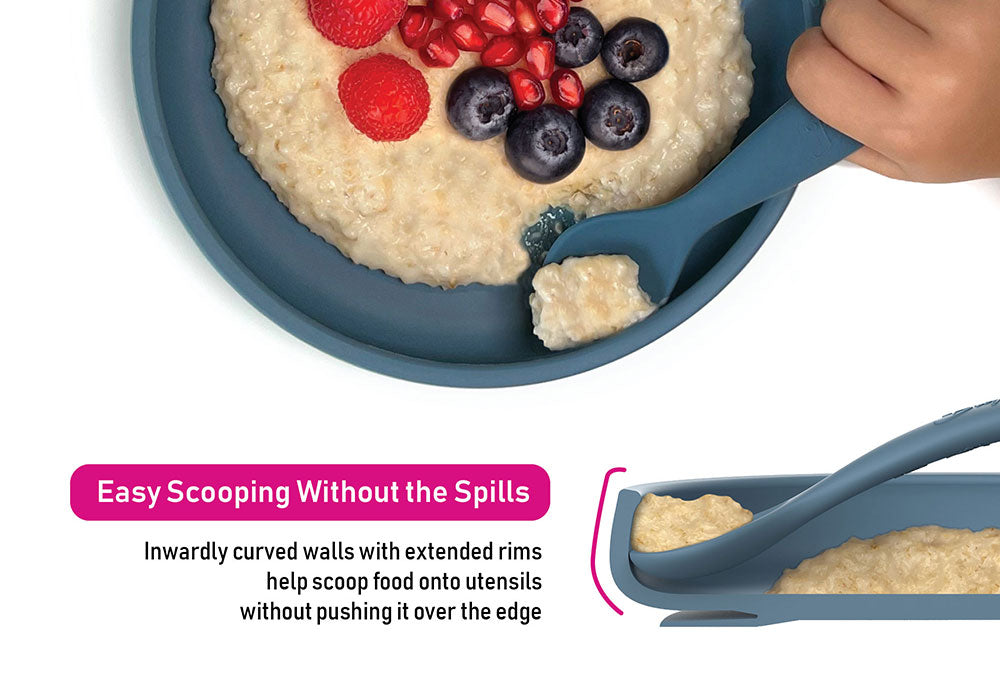
Frequently Asked Questions
Should babies use divided plates?
Babies can use divided plates to help them recognise different foods and textures without mixing them.
Are sectioned plates good?
Sectioned plates are beneficial for organising different food groups and making meals less overwhelming.
What is a divided plate?
A divided plate is a dish with separate compartments that keep foods from touching. It is ideal for portioning different items.
At what age should I stop using suction plates?
You can stop using suction plates when your child gains better control and no longer attempts to throw or tip over their plate, typically around 2-3 years old.







